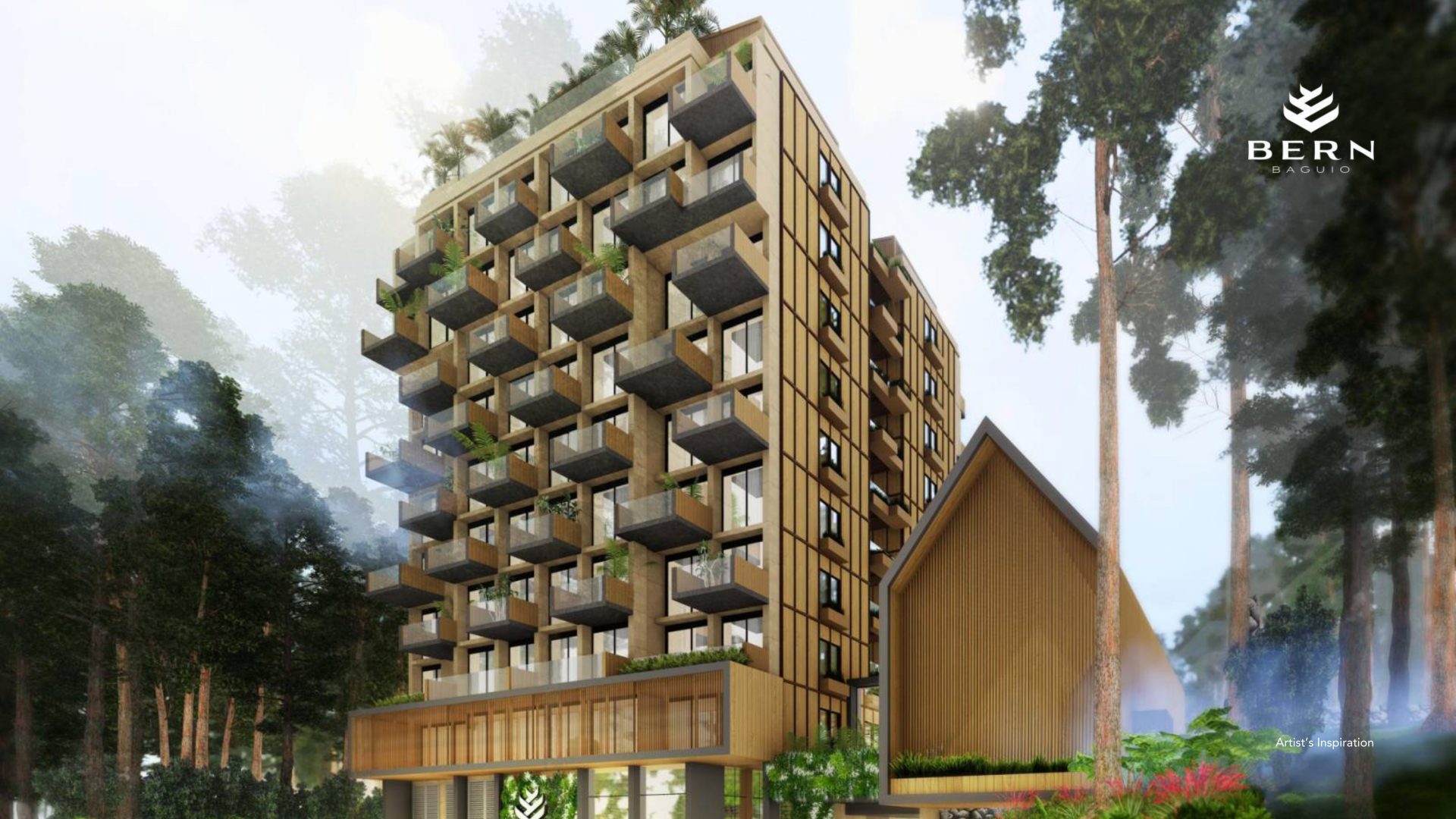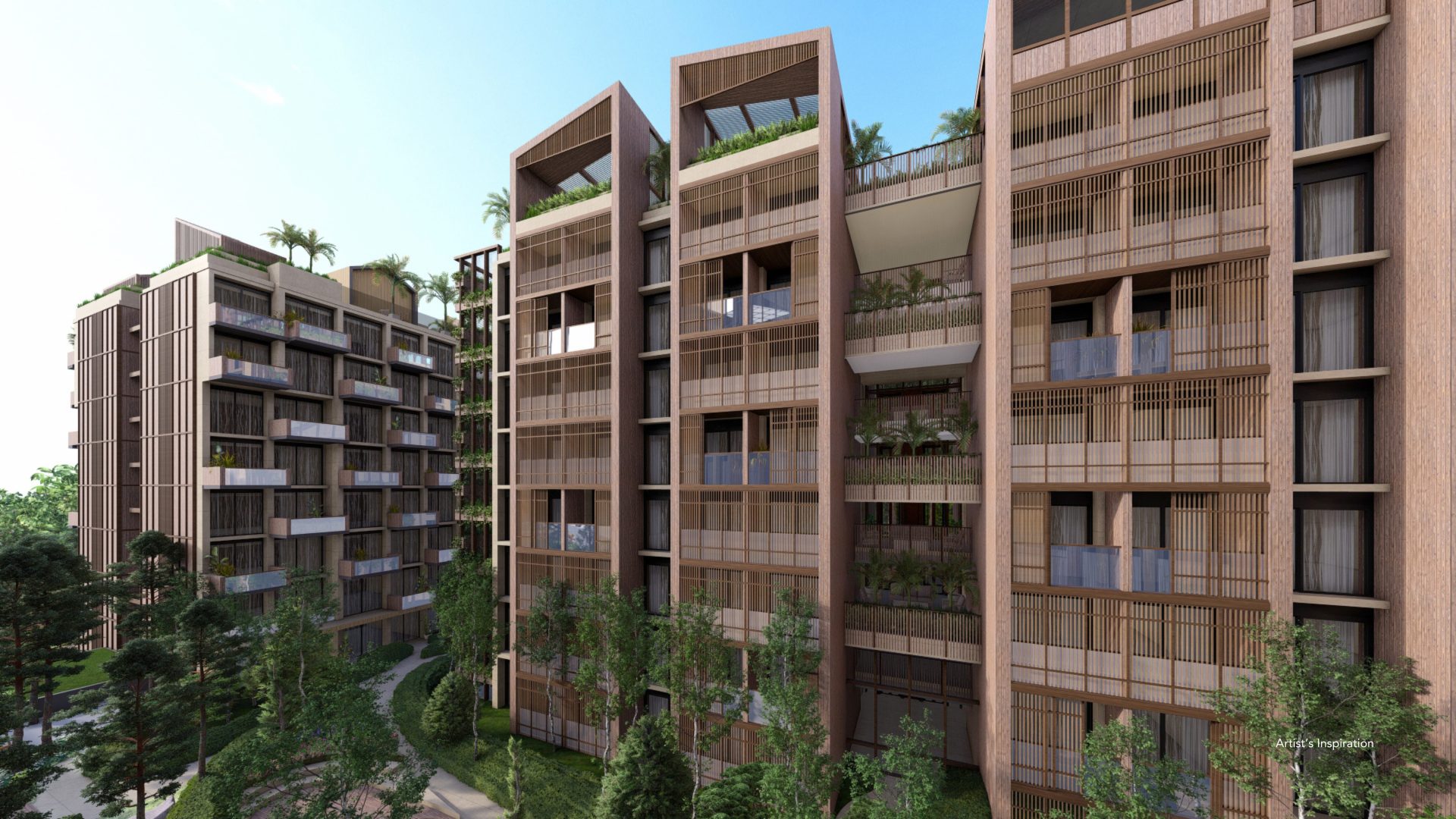BLOGS
Guide to Real Estate Valuation and Air Rights
Real estate valuation and air rights are complex topics. This comprehensive guide simplifies the process of evaluating properties.
Air rights are an essential concept to understand regarding real estate valuation. They refer to the ownership of space above a parcel of land or building. These air rights can be sold, leased, or transferred in other ways, allowing people to use space that would not have been possible otherwise. This guide will provide an overview of air rights, their value, and how they influence real estate investments in New York City or elsewhere.
What Are Air Rights?
They refer to the ownership of air space above a parcel of land or building. An owner has the legal right to use this airspace for any purpose that does not interfere with public utility usages such as electrical lines and telephone poles. The local government usually grants these rights and can be bought, leased, or transferred in other ways from one party to another. The ability to purchase these air rights allows people to make use of space that would not have been possible otherwise.
The term “air rights” can also refer to the ability of a building owner or tenant to use airspace. This is typically done through an easement that grants permission for aerial access by certain parties. Examples of such activity would include using drones or helicopters to film or take pictures, or flying banners overhead in order to advertise a product or event. Depending on local regulations, they can be bought and sold alone or as part of the original land purchase agreement.
Air rights may also be used in the context of zoning laws which forbid the construction of buildings higher than a certain height above ground level. In these cases, developers may purchase them from adjacent properties in order to build taller structures safely and legally. Ultimately, they are a useful and innovative way to maximize the potential of real estate investments.

Types of Air Rights
There are two main types of air rights: the surface air rights and subsurface air rights. Surface air rights refer to the ownership of airspace up to a certain altitude above the ground or building. Zoning laws generally limit this and typically allow construction up to 200 feet in some cities. Subsurface air rights refer to the underground area below a parcel of land or building, such as mines, tunnels, basements, sewers, and other infrastructure. Local governments usually own these and can be leased out for particular projects.
They can be used to increase the value of a property by allowing for construction that would not otherwise have been possible due to zoning regulations. For example, air rights might enable developers to build taller buildings or expand existing structures. Furthermore, they can also help preserve historical sites and promote urban development.
Valuation of Air Rights
The valuation of air rights is often complicated due to the fact that they are intangible and have no physical form. Generally, the value of air rights is based on the potential for development or increased value of a parcel of land or building due to the addition of airspace. This can be determined through market analysis and comparison with similar properties in the area or by using various formulas and methods such as discounted cash flow analysis.
In order to properly value air rights, it’s important to consider the zoning regulations of the area. Zoning regulations affect how high a building can be built and how much space is allowed for development. In addition, any potential restrictions such as viewsheds or noise levels must also be taken into consideration. It’s also important to factor in the cost of demolition or relocation if necessary.
The development potential of a property is also important when it comes to valuing air rights. The value of an airspace parcel can be determined by looking at the potential for development and how much additional value could be generated by adding an extra story, roof access or other features. They can also be estimated by comparing the value of similar properties in the area.
Air Rights and Real Estate Investments
Air rights are an important consideration when it comes to real estate investments, whether in a luxury house and lot in Metro Manila or a property in Forresta. The ability to purchase these rights can add significant value to an investment property due to the potential for added space, additional rental income, or even redevelopment. They also provide investors with more flexibility when it comes to developing their properties since they do not have to worry about local zoning laws as much.

Transferring Air Rights
The transfer of air rights is often complicated due to the fact that they are intangible and have no physical form. Generally, these transfers occur through contractual agreements between the parties involved. It is important to keep in mind that there may be restrictions on the types of uses allowed for transferred air rights. In some cases, local zoning laws will dictate what type of development can take place with transferred air rights.
Taxation of Air Rights
Air rights are not typically taxed as real estate in most jurisdictions, such as Crosswinds Tagaytay, since they have no physical form and cannot be assessed as a property value. However, if an owner develops or transfers their air rights, then they may be subject to taxation depending on the jurisdiction in which they reside.
How Can You Apply When Investing in Real Estate?
Air rights, also known as development rights or transferable development rights (TDRs), are a valuable asset within urban real estate. They give developers the right to develop property beyond what is traditionally allowed by local zoning laws. By utilizing air rights in their real estate investments, investors can increase the value of their properties and potentially generate higher returns on investment.
Air rights are often seen in commercial developments where unused space on a building’s roof or courtyard is sold and developed into additional floors. This allows for more efficient use of existing land and can be used to add more residential units, retail spaces, office space, hotels, and other types of businesses to an area. Air rights can also be leased out for short-term uses such as advertising or events, providing an additional income stream for the property owner.
When investing in a luxury house and lot in Metro Manila with air rights, investors should take into account any restrictions that local zoning laws place on development. It is important to understand the parameters of what can and cannot be done before making a decision to purchase the rights.
Air rights can prove very profitable when used correctly in high-density urban areas, but they may not be worth anything in lower-density neighborhoods. Investors should also consider how much money it will cost to develop their project and whether any tax incentives are available from the local government to offset some of these costs.
Final Thoughts
Air rights are an important concept to understand when it comes to real estate valuation, such as investing in a luxury house and lot in Metro Manila. They can be bought, leased, or transferred in other ways between parties and allow people to use space that would not have been possible otherwise.
Air rights are also important for investors as they can add significant value to a property due to the potential for added space or redevelopment opportunities. The transfer of air rights is often complex, so it is important for all parties involved to know what type of development is allowed and if any taxation may apply. Understanding air rights is essential for anyone looking to get involved in real estate investments, like when you’re buying a property in Forresta.
Suggested Read: A Life Well Lived: Best Ways To Live In Tagaytay
Suggested Read: Understanding Property Valuation And Appraisals
Suggested Read: Taxes When Buying A House In The Philippines
Suggested Read: Property In The South: Five Reasons To Buy
Suggested Read: Quick Guide: Buying Property During ECQ














